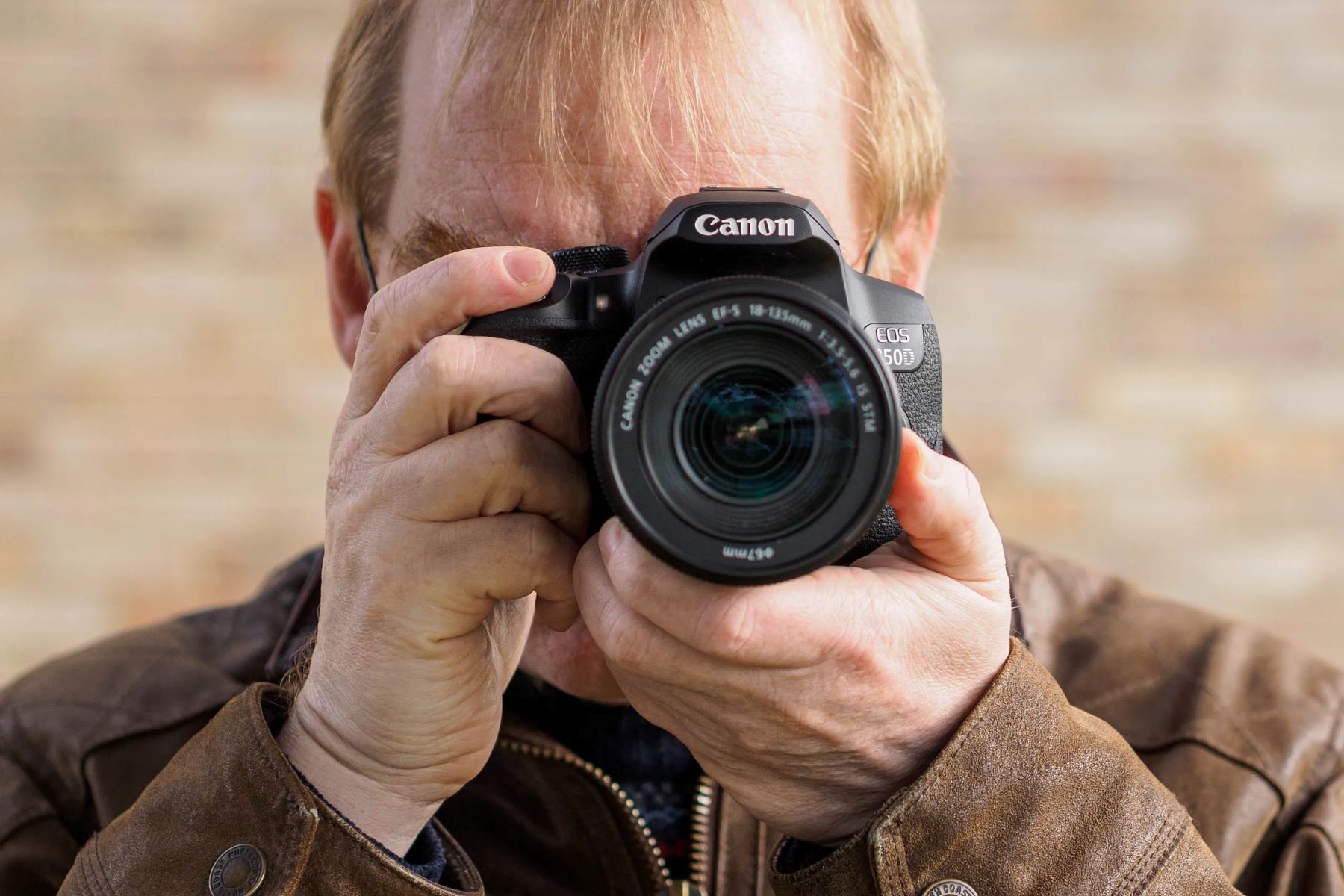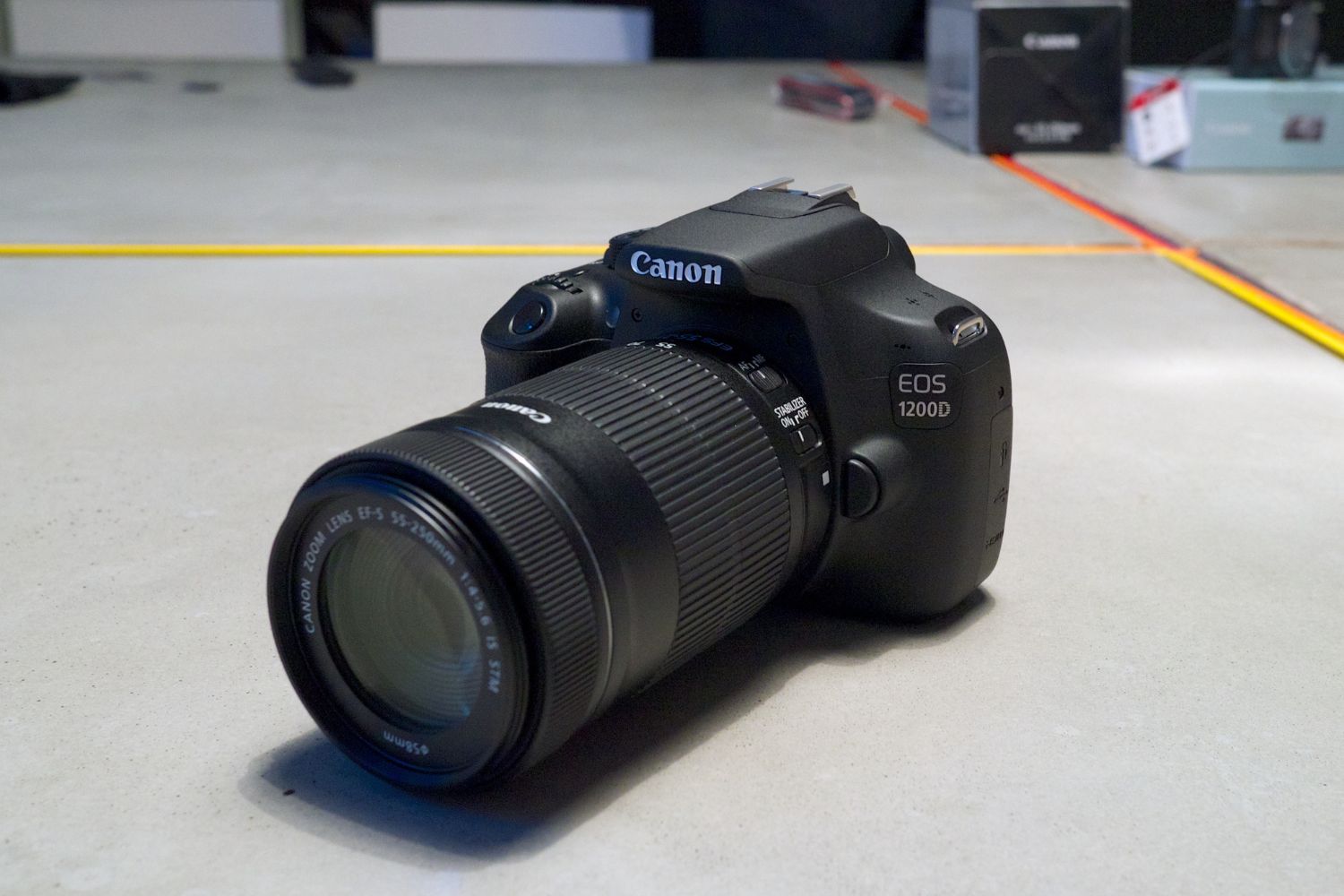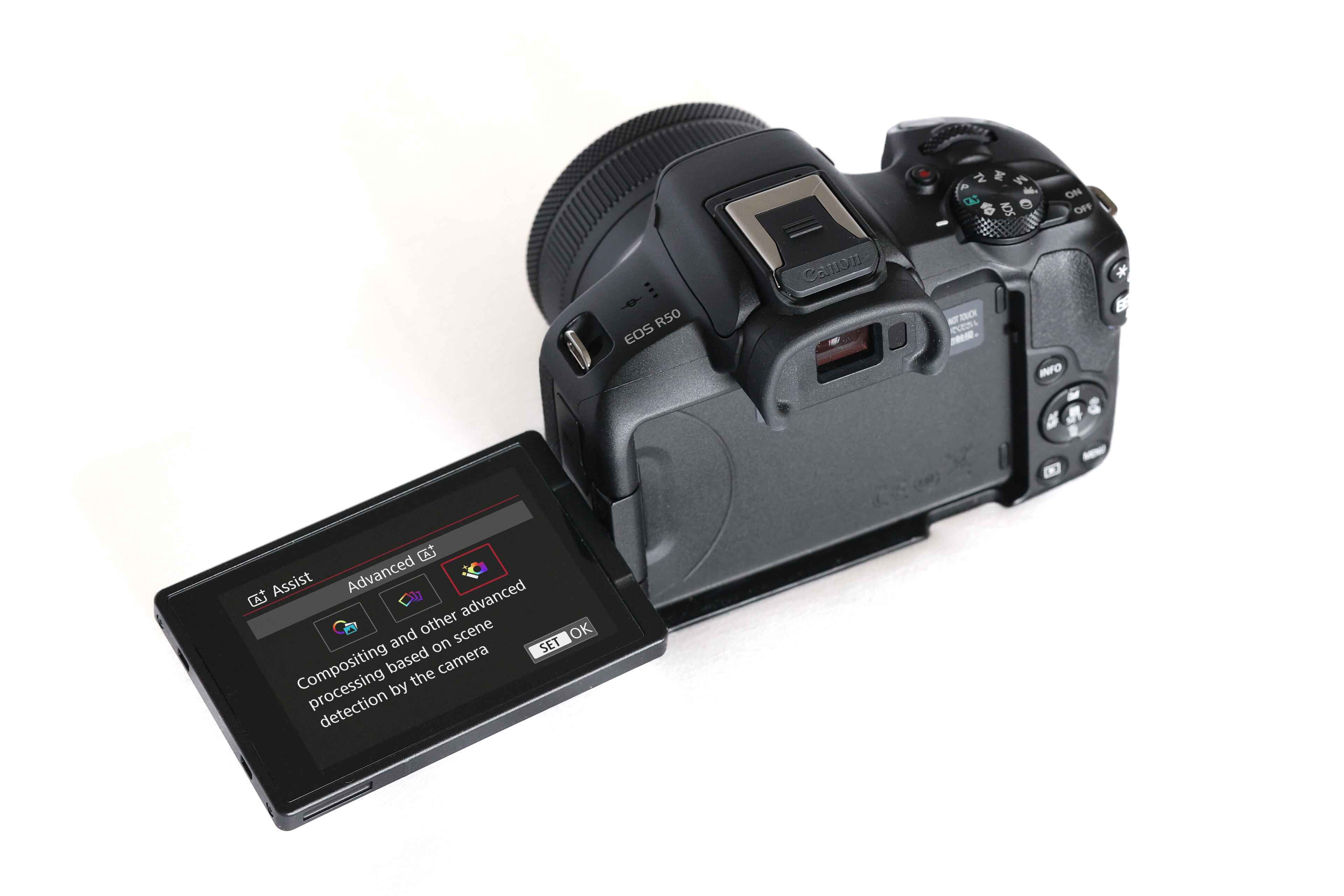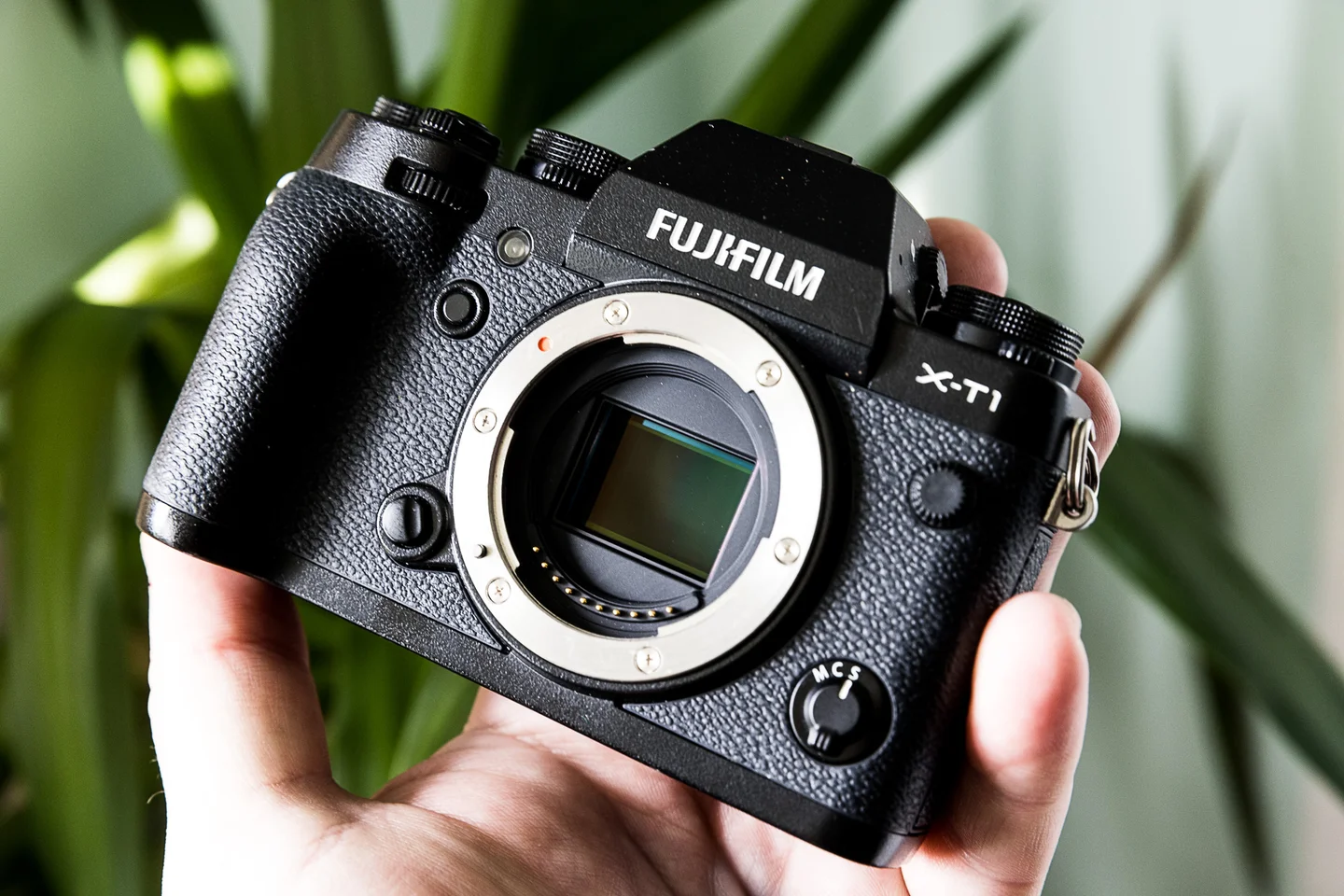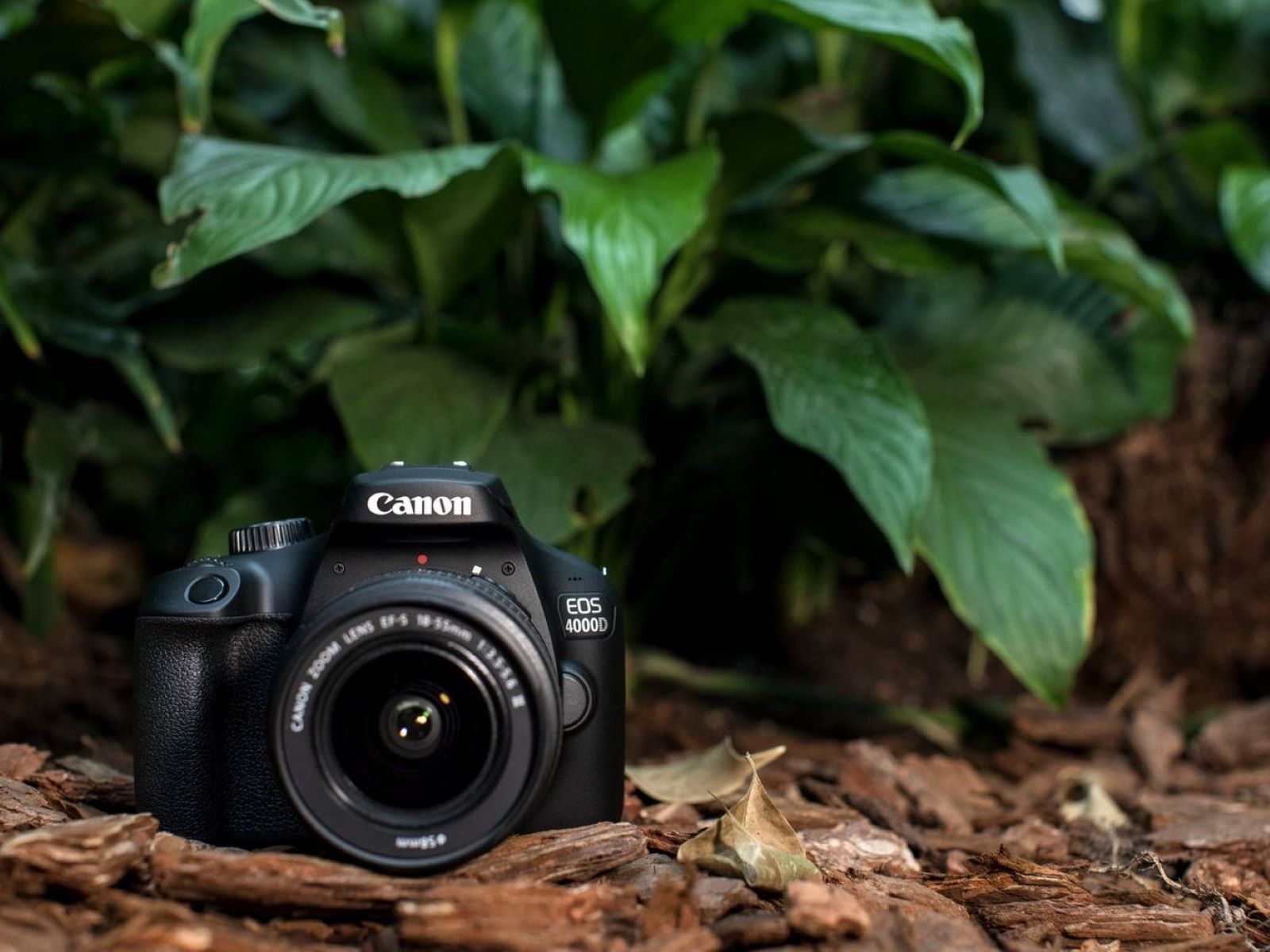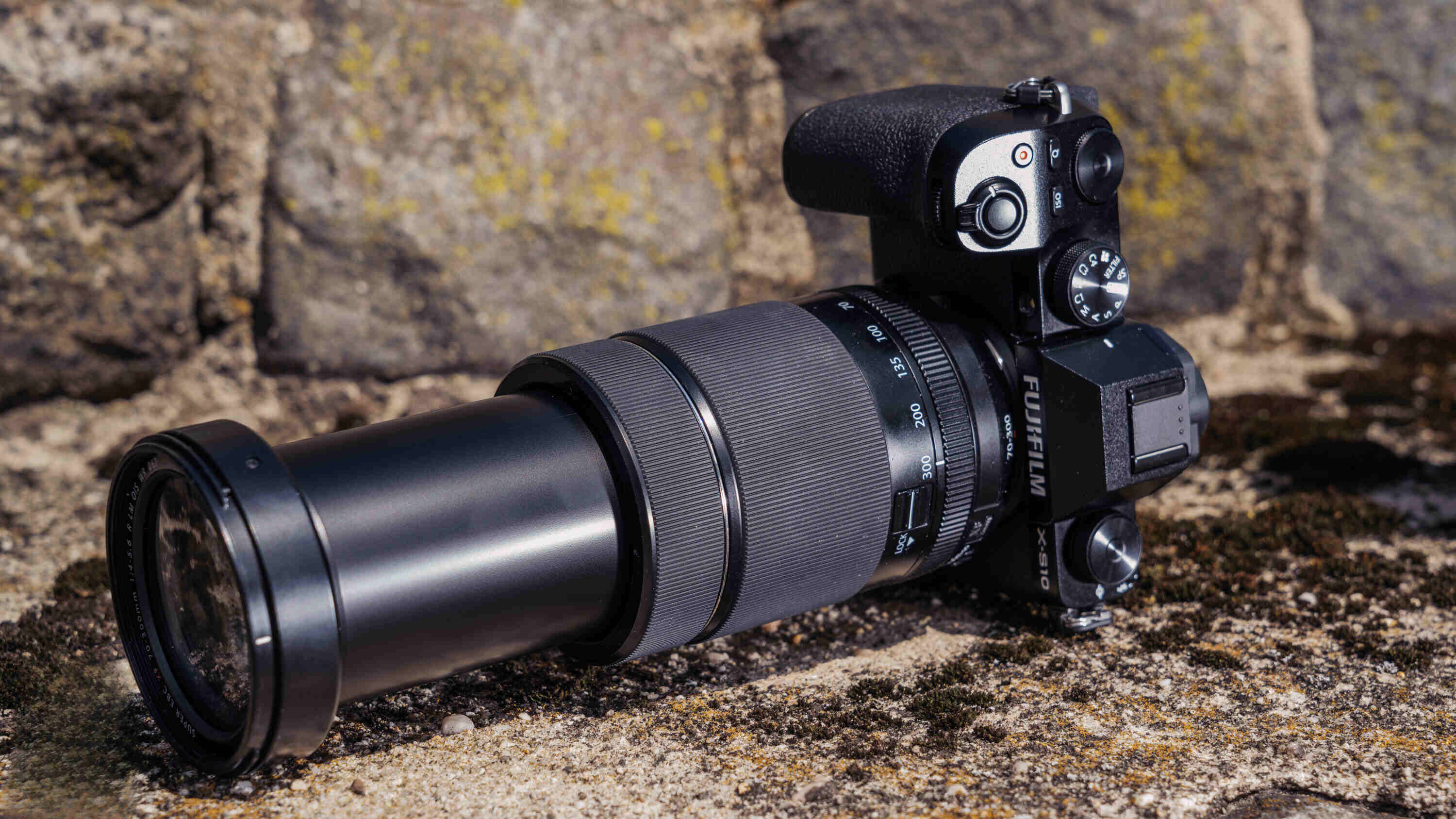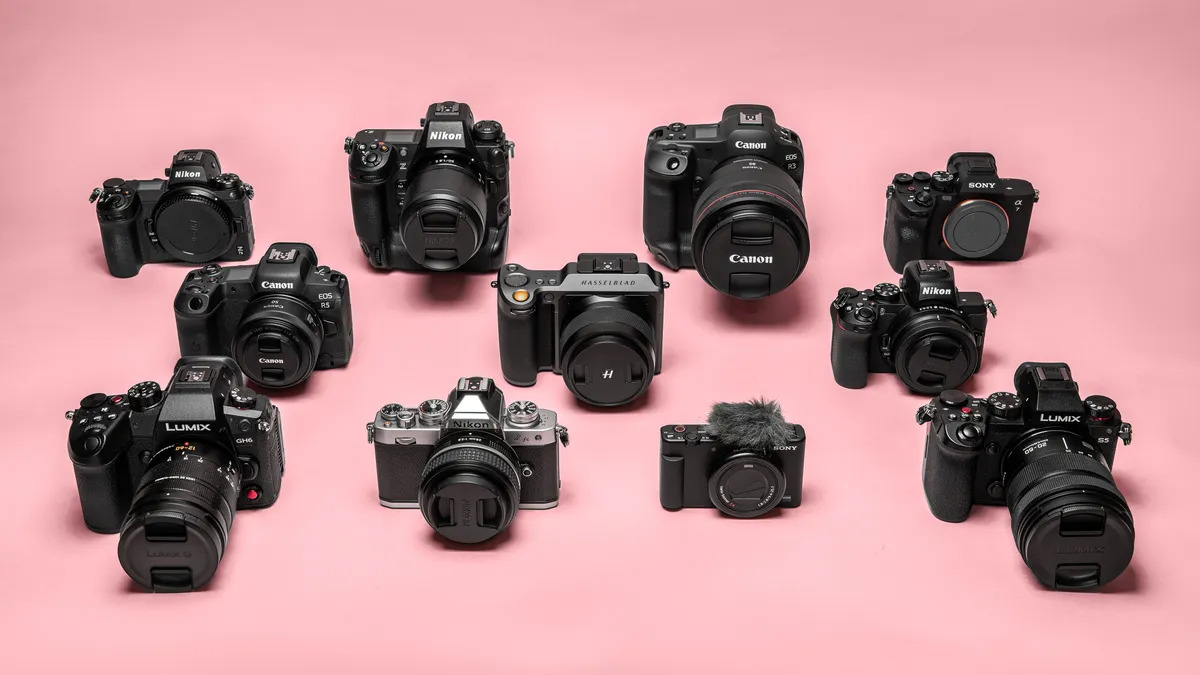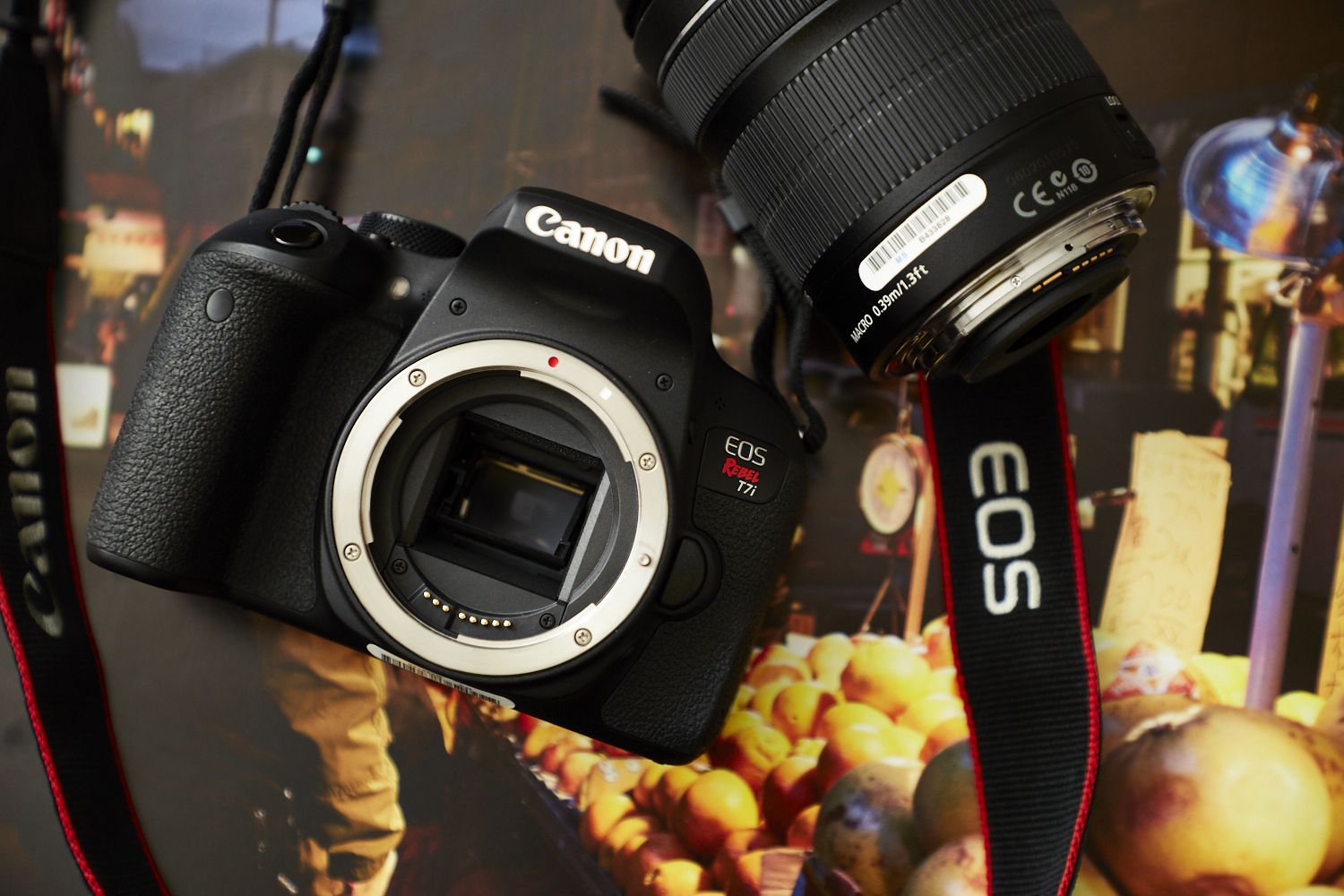Introduction
Understanding the Viewfinder and LCD Screen
When using a Canon DSLR camera, the viewfinder and the LCD screen are both essential components for capturing stunning photographs and videos. Each of these features offers unique advantages and considerations, catering to different shooting preferences and scenarios. Understanding how to effectively toggle between the viewfinder and the LCD screen is crucial for maximizing the camera's functionality and achieving optimal results in diverse shooting conditions.
The viewfinder, typically located at the top of the camera body, provides a traditional and direct method for composing shots. By peering through the viewfinder, photographers can immerse themselves in the scene, block out extraneous light, and achieve precise framing and focus. On the other hand, the LCD screen, located on the rear of the camera, offers a convenient and versatile way to review images and videos, especially when shooting from unconventional angles or in live view mode.
In this guide, we will delve into the process of toggling between the viewfinder and the LCD screen on a Canon DSLR camera. By mastering this fundamental aspect of your camera's functionality, you can seamlessly transition between shooting modes and leverage the distinct advantages of both the viewfinder and the LCD screen. Additionally, we will explore practical tips for optimizing your use of these features, empowering you to elevate your photography and videography to new heights. Let's embark on this journey to unlock the full potential of your Canon DSLR camera.
Understanding the Viewfinder and LCD Screen
Before delving into the intricacies of toggling between the viewfinder and the LCD screen on your Canon DSLR camera, it is essential to grasp the distinct functionalities and benefits of these two integral components.
Viewfinder:
The viewfinder serves as a window to the world you aim to capture. Positioned at the top of the camera body, it allows photographers to peer through the optical lens, providing a direct line of sight to the subject. This traditional approach to composing shots offers several advantages, including:
- Immersive Experience: By framing shots through the viewfinder, photographers can block out peripheral distractions and focus entirely on the subject, fostering a deeply immersive shooting experience.
- Precise Composition: The viewfinder enables precise framing and composition, facilitating accurate alignment and focus adjustments to capture the desired image with clarity and impact.
- Stable Shooting: When shooting through the viewfinder, the camera is braced against the photographer’s face, enhancing stability and reducing the likelihood of camera shake, particularly in low-light conditions or when using telephoto lenses.
LCD Screen:
Located on the rear of the camera, the LCD screen offers a modern and versatile approach to visualizing and reviewing images and videos. Whether in live view mode or for post-capture review, the LCD screen presents a range of benefits, including:
- Flexible Viewing Angles: The articulating LCD screen enables photographers to shoot from unconventional angles, such as low to the ground or above eye level, without the need to contort their body or crane their neck.
- Live View Functionality: In live view mode, the LCD screen provides a real-time preview of the scene, allowing for precise composition and focus adjustments directly from the screen, akin to using a digital point-and-shoot camera.
- Image Review: After capturing an image or recording a video, the LCD screen offers immediate playback and review, empowering photographers to assess the results and make on-the-spot adjustments if necessary.
By comprehending the distinct advantages of the viewfinder and the LCD screen, photographers can leverage these features effectively to suit various shooting scenarios and personal preferences. The next section will delve into the seamless process of toggling between these two viewing options on your Canon DSLR camera, providing you with the flexibility and control to optimize your photographic pursuits.
Toggling between Viewfinder and LCD Screen on a Canon DSLR Camera
Canon DSLR cameras offer a seamless and intuitive method for toggling between the viewfinder and the LCD screen, catering to diverse shooting preferences and scenarios. Whether you prefer the traditional precision of the viewfinder or the modern convenience of the LCD screen, mastering the process of switching between these two viewing options is essential for optimizing your shooting experience.
Using the Viewfinder:
When you raise the camera to your eye and peer through the viewfinder, the camera’s sensor detects this action and automatically deactivates the LCD screen, conserving battery power and minimizing distractions. This instantaneous transition to the viewfinder enables you to immerse yourself in the scene, block out extraneous light, and focus entirely on capturing the perfect shot. The viewfinder’s optical clarity and direct line of sight empower you to achieve precise framing, accurate focus, and stable shooting, particularly in dynamic or fast-paced shooting conditions.
Utilizing the LCD Screen:
If you prefer to utilize the LCD screen for composing your shots, simply disengage your eye from the viewfinder, and the camera’s sensor will detect this change, promptly activating the LCD screen. This seamless transition to the LCD screen offers flexibility in shooting angles, especially when capturing images or videos from unconventional vantage points or utilizing the live view mode. The articulating or fixed LCD screen provides a real-time preview of the scene, allowing for effortless composition, focus adjustments, and immediate image review.
Customizing the Experience:
Canon DSLR cameras often offer customizable settings to tailor the toggling behavior between the viewfinder and the LCD screen to your specific preferences. This may include the option to manually override the automatic switching mechanism, enabling you to prioritize either the viewfinder or the LCD screen based on your shooting style and environmental conditions. By exploring the camera’s menu and settings, you can fine-tune this aspect of your shooting experience to align with your creative vision and technical requirements.
Mastering the art of toggling between the viewfinder and the LCD screen empowers photographers and videographers to adapt swiftly to changing shooting conditions, ensuring that they can seamlessly transition between these viewing options to achieve their desired results. This fluidity in switching between the viewfinder and the LCD screen enhances the versatility and responsiveness of Canon DSLR cameras, catering to a wide spectrum of photographic pursuits and visual storytelling endeavors.
Tips for Using the Viewfinder and LCD Screen
Mastering the art of utilizing both the viewfinder and the LCD screen on your Canon DSLR camera can significantly enhance your photography and videography endeavors. To optimize your shooting experience and leverage the unique advantages of these viewing options, consider the following tips and techniques:
Utilize the Viewfinder for Precision:
When shooting fast-paced or dynamic scenes, such as sports events or wildlife photography, the viewfinder offers unparalleled precision and stability. Embrace the immersive experience of framing your shots through the viewfinder, allowing you to track moving subjects with accuracy and react swiftly to fleeting moments. The stability provided by bracing the camera against your face can be invaluable in capturing sharp and compelling images in challenging conditions.
Embrace Live View for Creative Angles:
Experiment with the live view mode on the LCD screen to explore unconventional shooting angles and perspectives. Whether shooting from ground level, above eye level, or in confined spaces, the articulating LCD screen enables you to maintain visual contact with the scene while adjusting composition and focus with ease. This flexibility can lead to unique and captivating compositions that may have been challenging to achieve solely through the viewfinder.
Customize Display Information:
Explore the camera’s settings to customize the information displayed in the viewfinder and on the LCD screen. Tailoring the display to show essential shooting parameters, such as aperture, shutter speed, and ISO settings, can provide valuable visual feedback during composition and shooting. By optimizing the display information to align with your shooting preferences, you can maintain a clear understanding of the camera’s settings without diverting your attention from the scene.
Optimize Focus and Exposure Tools:
Both the viewfinder and the LCD screen offer distinct tools for achieving precise focus and exposure. When using the viewfinder, leverage the camera’s autofocus points and exposure indicators to ensure accurate focus and proper exposure settings. In live view mode on the LCD screen, take advantage of features such as focus peaking and exposure histograms to refine your compositions and achieve optimal image quality.
Balance Battery Usage:
Be mindful of battery usage when toggling between the viewfinder and the LCD screen. While the camera automatically deactivates the LCD screen when using the viewfinder, consider carrying spare batteries, especially during extended shooting sessions or when frequently reviewing images and videos on the LCD screen. By maintaining sufficient battery power, you can seamlessly transition between viewing options without interruption.
By integrating these tips into your photographic and videographic practices, you can harness the full potential of both the viewfinder and the LCD screen, expanding your creative horizons and achieving exceptional results across a diverse range of shooting scenarios.
Conclusion
Mastering the art of toggling between the viewfinder and the LCD screen on your Canon DSLR camera is a pivotal step toward unlocking the full potential of your photographic and videographic pursuits. By understanding the distinct advantages of these viewing options and incorporating practical tips for their optimized use, you can elevate your creative output and adapt seamlessly to diverse shooting scenarios.
Whether you prefer the precision and stability of the viewfinder or the flexibility and convenience of the LCD screen, the ability to transition between these two viewing options empowers you to capture compelling images and videos with confidence and finesse. Embracing the immersive experience of the viewfinder and harnessing the creative versatility of the LCD screen enables you to explore new perspectives, refine compositions, and adapt swiftly to the evolving demands of your subjects and environments.
As you continue to hone your skills and expand your visual storytelling repertoire, remember to embrace the symbiotic relationship between the viewfinder and the LCD screen. Each of these viewing options offers unique benefits that can be leveraged to enrich your creative process and amplify the impact of your visual narratives. By customizing your approach, balancing technical proficiency with artistic intuition, and adapting dynamically to the unfolding scenes before you, you can harness the full potential of your Canon DSLR camera.
Whether you are capturing fleeting moments in fast-paced environments, immersing yourself in the nuances of nature and landscapes, or delving into the realm of cinematic storytelling, the seamless toggling between the viewfinder and the LCD screen empowers you to translate your vision into captivating imagery and compelling visual narratives. Embrace the fluidity and adaptability of your Canon DSLR camera’s viewing options, and embark on a journey of creative exploration and expression that transcends boundaries and resonates with audiences worldwide.







